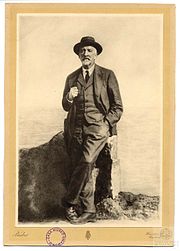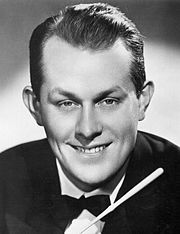Design
Design
Personality
Chart Properties
Your Cross represents the specific theme of your life. This cross embodies your unique potential & the lessons you're here to learn, providing a roadmap to fulfilling your life purpose.
We use the UTC birth time and date to do the calculations required to generate your Human Design chart.
Buy Tokens
Pay as you use, no expiry and no subscription required.Dorus Rijkers's Biography
Legendary Dutch seaman and folk hero, who saved between 1872 and 1911 with a small lifeboat with 10 rowers, later with a motor boat the lifes of some 487 people from drowning.
He was the fifth of ten children of Cornelis Rijkers (20 Oct 1809, Den Helder – 23 Oct 1893, Den Helder) and Elizabeth Moorman (29 November 1814, – 23 May 1907, Hen Helder). He left school at age 12. Having held as the expression says “Twaalf ambachten en dertien ongelukken” (Twelve trades and master of none), he became at age 20 a “vletterman” or “parlevinker” (pro-viand boat shipper) of a grocery store.
At young age (9 June 1870), he married in Den Helder the sea widow Neeltje Huisman (23 December 1830, Wijdewormer – 11 October 1902, Den Helder), who already had 6 children from the drowned fisherman Jan Kuiper (20 Augustus 1826 – 29 June 1865, Egmond aan Zee). Shortly after the marriage, Neeltje’s daughter Elizabeth Kuiper (14 March 1854, Den Helder – 10 October 1888, Den Helder) had a child of her own, with the fisherman Petrus Johannes Antonie Kramer (19 January 1852, Den Helder – 1876) and so the only 23 years old Dorus (Mercury in Capricorn, Saturn in Piscus) became known as “Opa” or grandfather in Den Helder. Although the nickname began as a joke, Dorus soon started acting and looking like a grandpa, and from that time on he became primarily known by his nickname “Opa Dorus”.
A normal spouse would not allow her husband to risk his life that often, for the sake of others, but Neeltje allowed her husband to do so ever and ever again. She was a sea widow like Herman Heijerman’s “Kniertje”, who knew that much more was at stake.
A list of his historical rescues can be found in the source notes. He started with in 1872 saving 25 seamen from the “Australia”. He and his crew got 220 guilders for risking their lifes during the storm, but the rescuers of the wreck got 1300 guilders for the cargo consisting of of coffee beans and sugar.
After the rescue of the Renown in December 1887, Wilhelm I gave him a gold watch with inscription (1888 and ) and the Dutch king gave him a gold medal. But he never became rich. He retired on 6 March 1911. Because of his low income at old age, he had to sell the gold medals to buy himself a bicycle.
After the death of Neeltje (1902), he stayed with his only daughter Theodora. He died on 19 April 1928 in Den Helder at age 81. On 21 April he was given a funeral that was so grand that it resembled a state funeral in size and style. Dorus Rijkers had become a national hero and was by far the most popular Dutchman of those years (according to a poll that surveyed many people in the Netherlands during the 1920s).
“Helder” is the Dutch word for “clear” or “bright”. Rijkers refers to “rijk” (rich) or “ruler”. Theodorus means “gift of G’d”. For many he became a saint.
Link to Wikipedia
Dorus Rijkers
Your Cross represents the specific theme of your life. This cross embodies your unique potential & the lessons you're here to learn, providing a roadmap to fulfilling your life purpose.
We use the UTC birth time and date to do the calculations required to generate your Human Design chart.


Didier Rous
3/5 Emotional - Solar Plexus Generator

Corrie van Gorp
5/1 Emotional - Solar Plexus ManifestorAurelio del Llano
2/4 Emotional - Solar Plexus Generator

Manuel Bartolomé Cossio
5/1 Emotional - Solar Plexus Manifesting Generator





